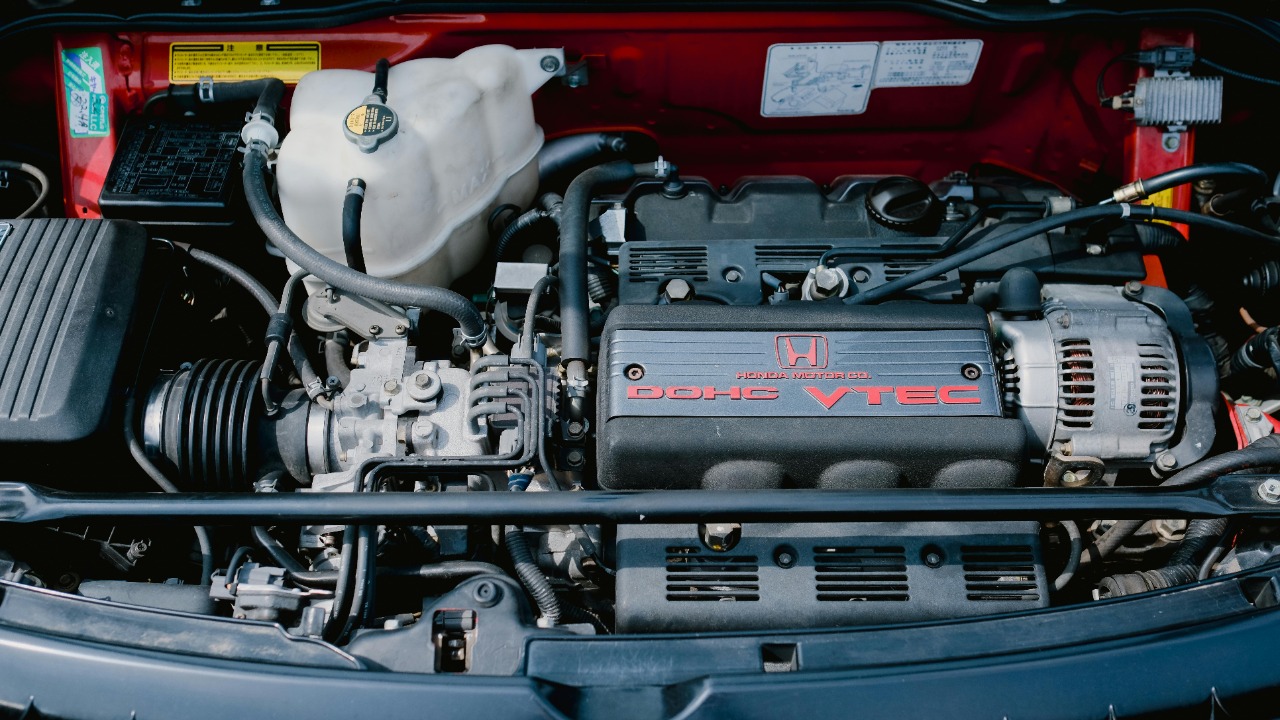
The V6 engine has been a popular choice for many car manufacturers, offering a balance between power and efficiency. However, not all V6 engines have been created equal. Here, I explore some of the most problematic V6 engines that have left car owners frustrated and mechanics busy.
1. Chrysler 2.7L DOHC V6
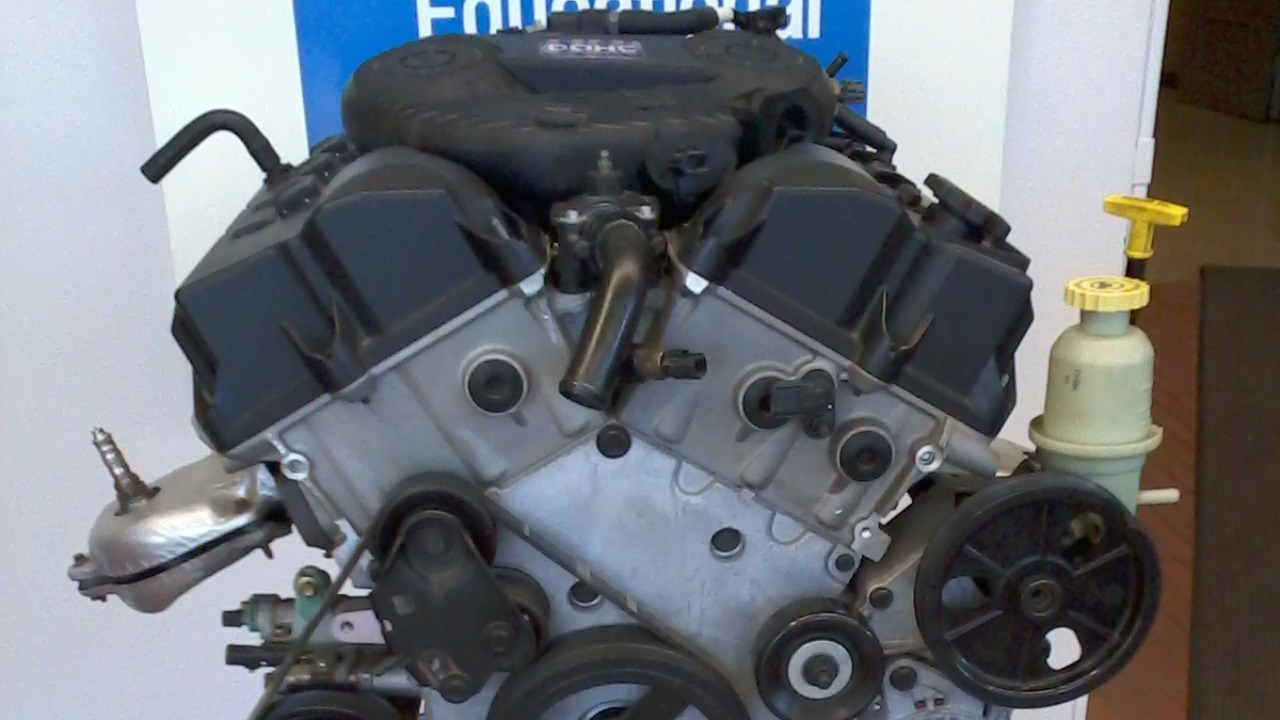
The Chrysler 2.7L DOHC V6, produced from 1998 to 2010, is notorious for its issues, especially regarding engine sludge. Found in models such as the Dodge Intrepid and Chrysler Sebring, this engine suffered from oil sludge buildup, leading to premature failure. Poor cooling system design exacerbated the problem, causing overheating and further engine damage.
While Chrysler attempted to address these issues in later models, the 2.7L’s reputation was already tarnished. Many owners faced costly repairs or engine replacements, leading to a wave of dissatisfaction. This engine serves as a lesson in the importance of robust design and thorough testing.
2. General Motors 3.1L V6
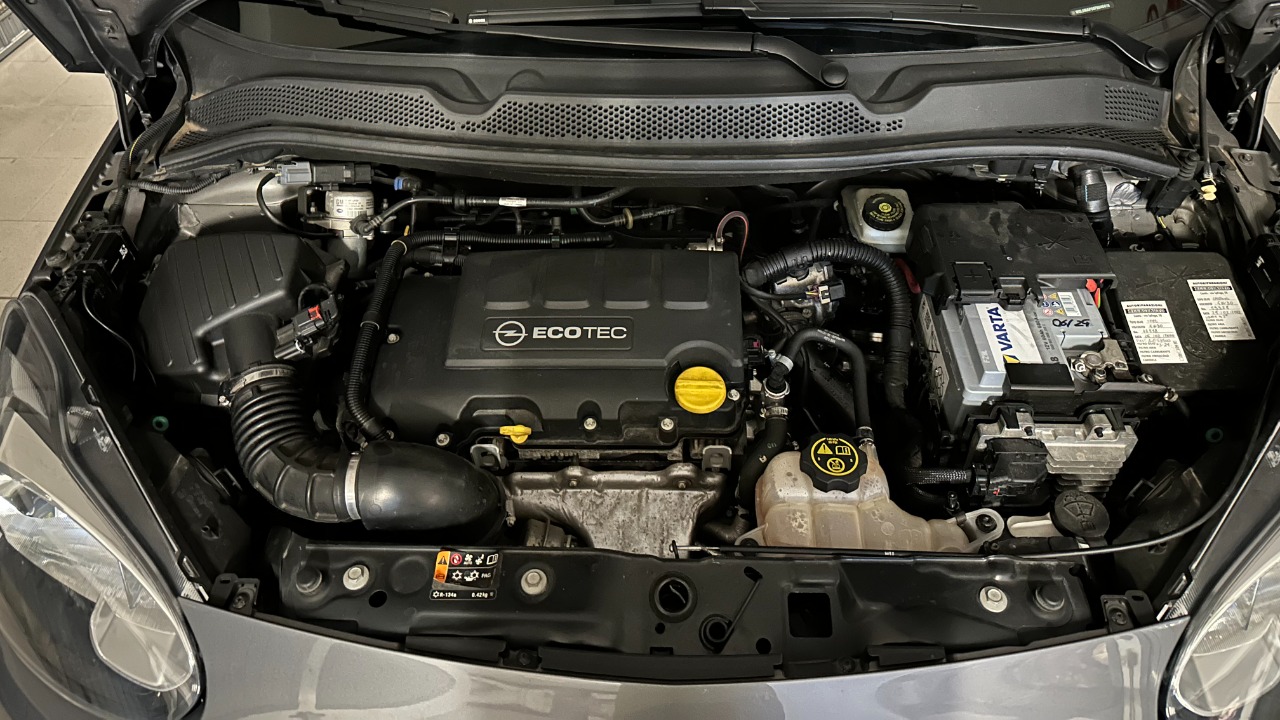
General Motors introduced the 3.1L V6 engine in the late 1980s, and it was used in a variety of vehicles, including the Chevrolet Lumina and Pontiac Grand Prix. One of the main issues with this engine was the intake manifold gasket failure, which was notorious for leaking coolant into the engine.
This problem often led to overheating and eventual engine failure, leaving many owners facing expensive repairs. Although GM made attempts to rectify the issue in later versions, the damage was done. The 3.1L V6 is often cited in discussions about problematic engines, highlighting its pervasive issues.
3. Mitsubishi 3.0L 6G72 V6
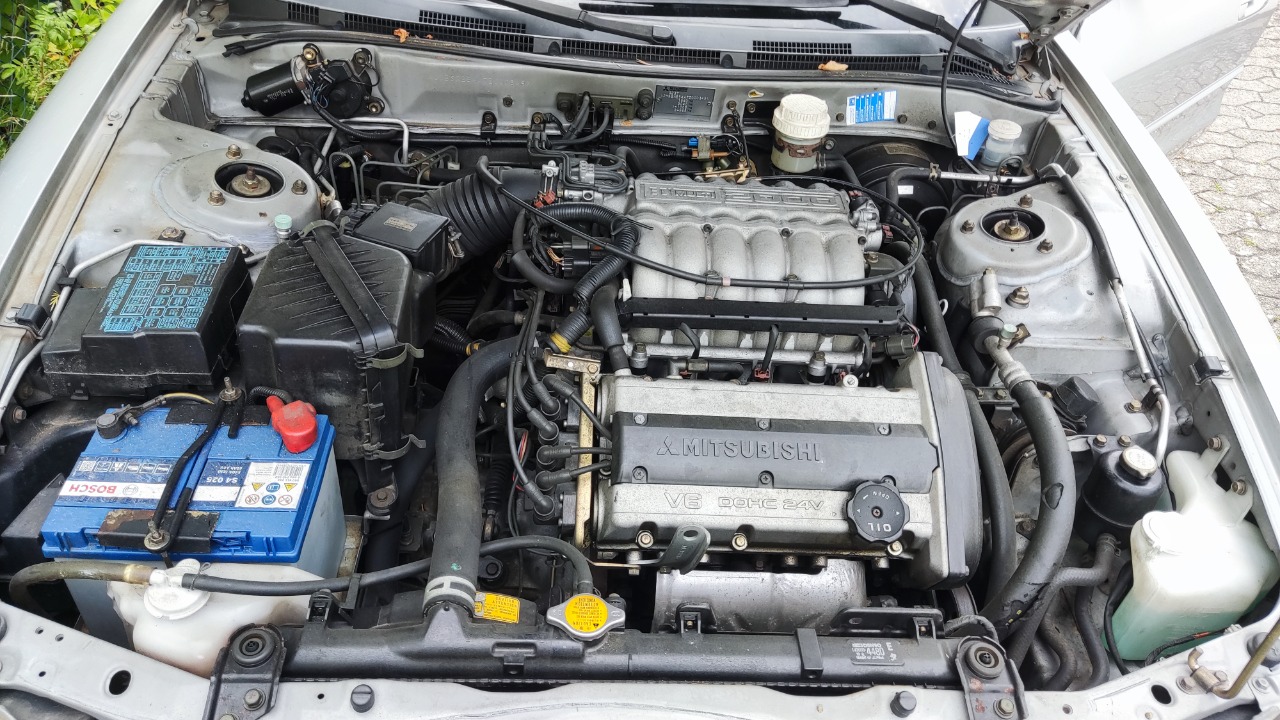
First introduced in the 1980s, the Mitsubishi 3.0L 6G72 V6 engine was used in vehicles like the Mitsubishi 3000GT and Dodge Stealth. While initially considered advanced, the engine was plagued by issues such as oil leaks and valve seal failures. These problems led to excessive oil consumption and smoking exhausts, causing many headaches for owners.
Despite its use in performance-oriented vehicles, the 6G72 V6 struggled to maintain reliability over time. The engine’s shortcomings are frequently discussed, and it remains a prime example of how engineering challenges can impact a vehicle’s long-term reputation.
4. Jaguar AJ-V6 3.0L
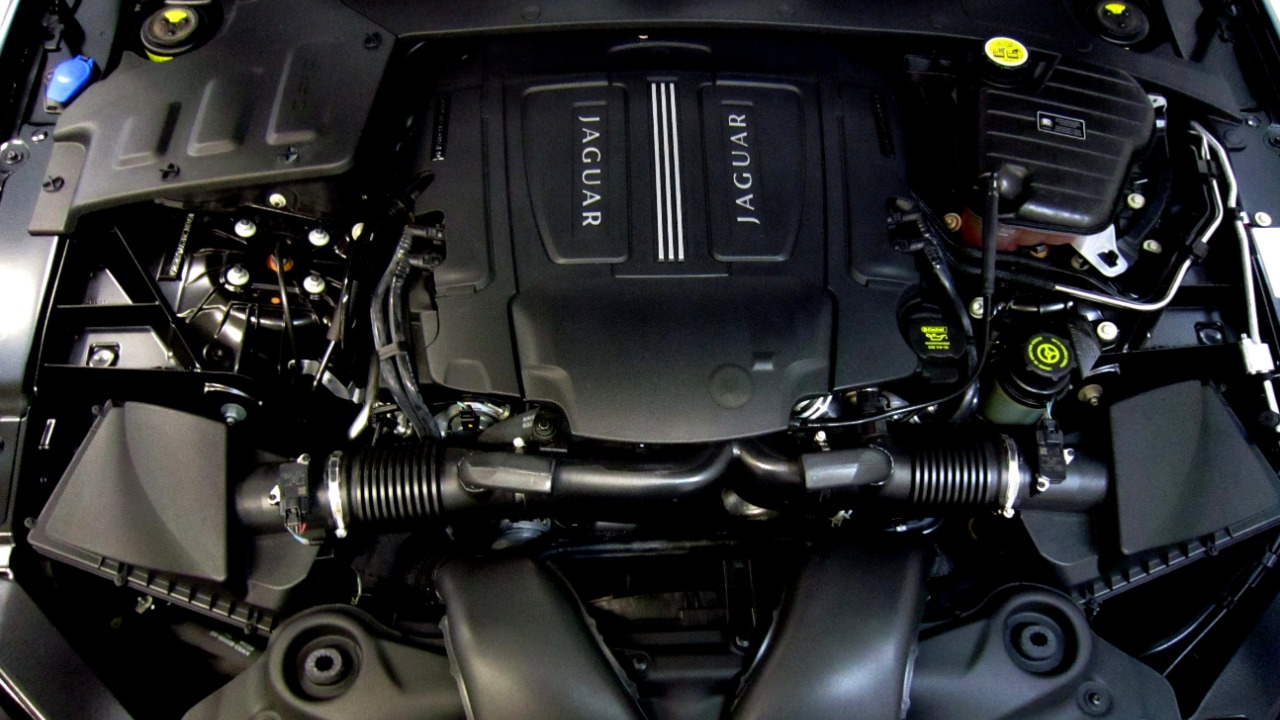
The Jaguar AJ-V6 3.0L engine, found in models like the Jaguar S-Type and X-Type, was intended to deliver luxury performance. However, it was plagued by timing chain tensioner failures, which could lead to severe engine damage. The intricate design and expensive repair costs made this engine a costly proposition for many owners.
Additionally, the AJ-V6 suffered from electrical issues and coolant leaks, further diminishing its reliability. For a brand known for its luxury and performance, the AJ-V6 was a disappointment. Its shortcomings serve as a reminder of the importance of reliability, even in high-end vehicles.
5. Ford 4.0L SOHC V6
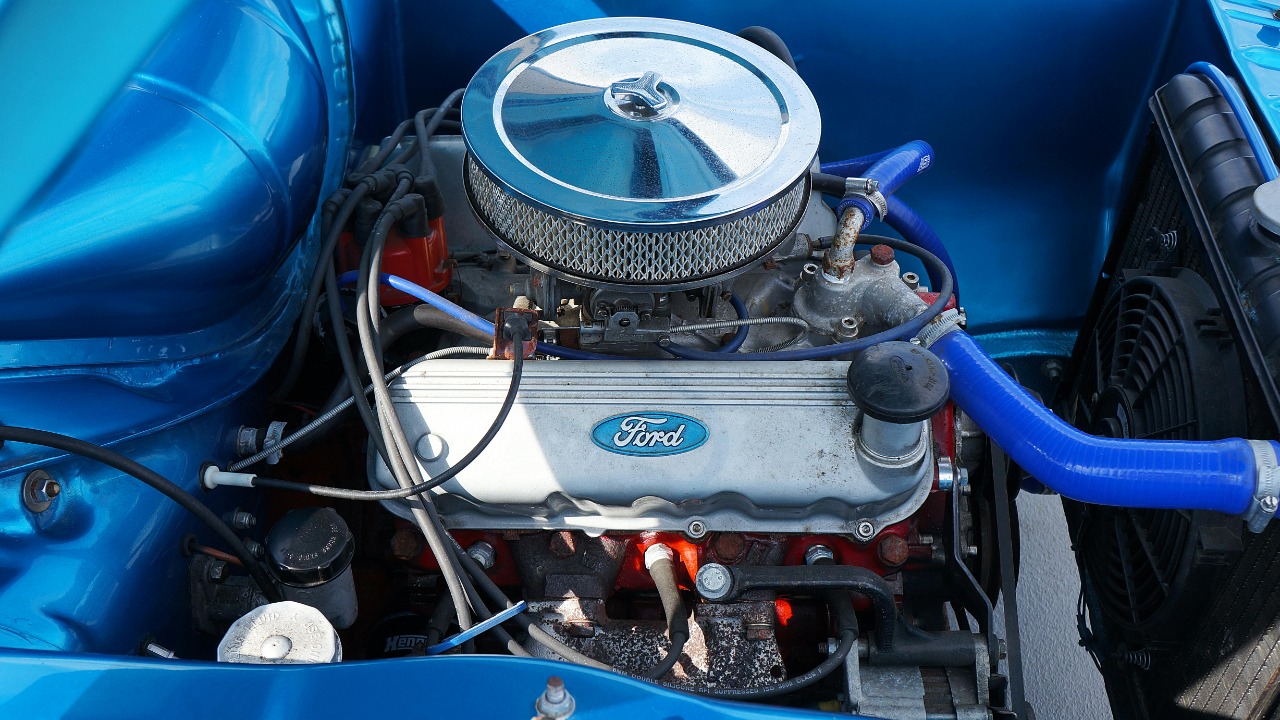
Ford’s 4.0L SOHC V6, used in vehicles like the Ford Explorer and Ranger, faced several reliability issues. Timing chain tensioners and guides were notorious for failing, leading to noisy operation and potential engine damage. These problems were particularly prevalent in models from the early 2000s.
The engine also suffered from coolant leaks and head gasket failures, causing overheating and further reliability concerns. While Ford made improvements over time, the damage to this engine’s reputation was significant. The 4.0L SOHC V6 remains a cautionary tale for those seeking durability and dependability.